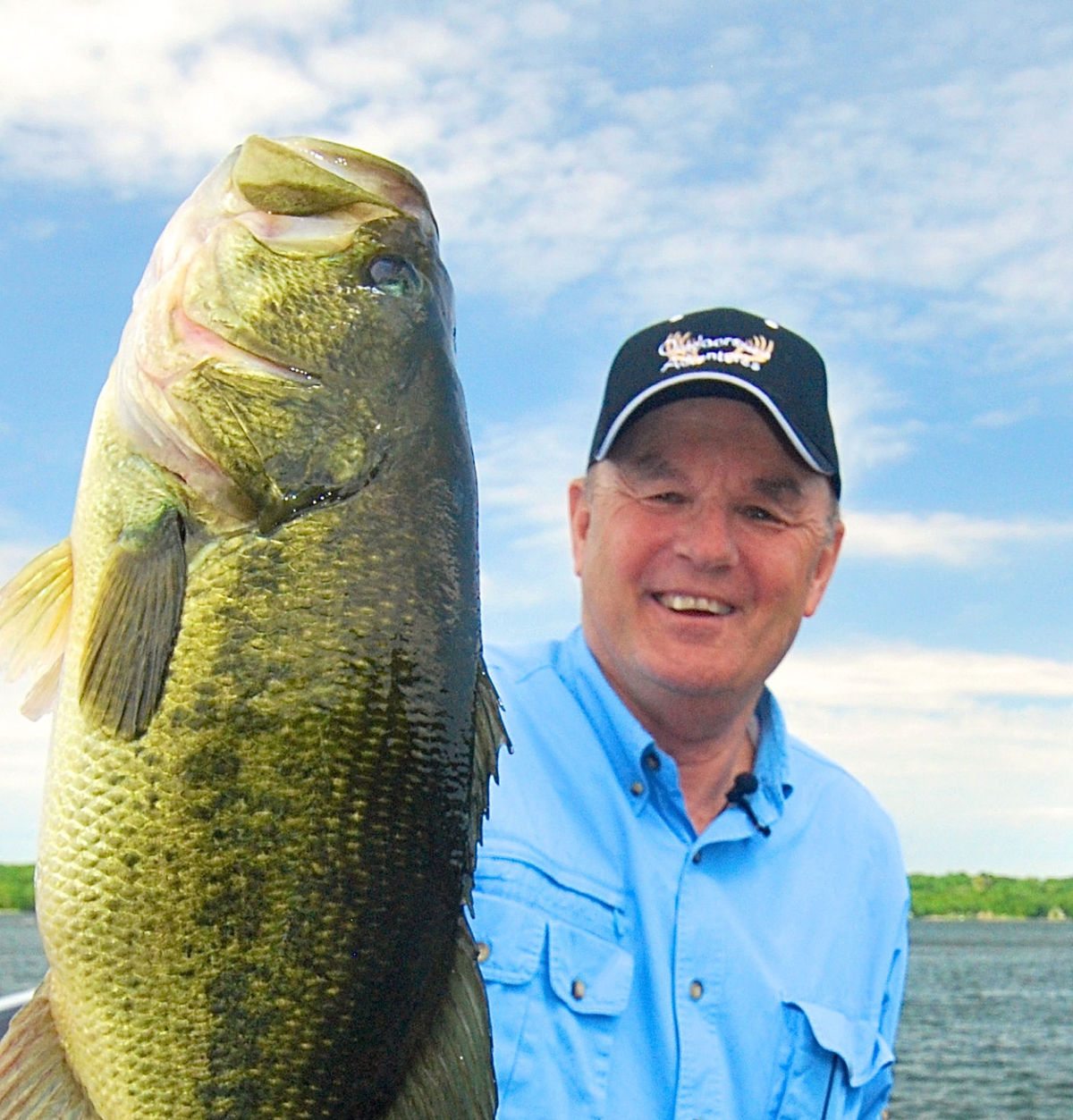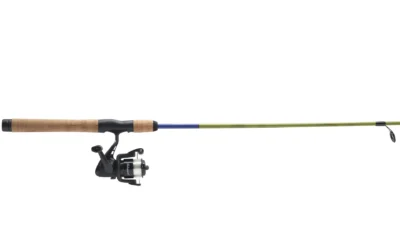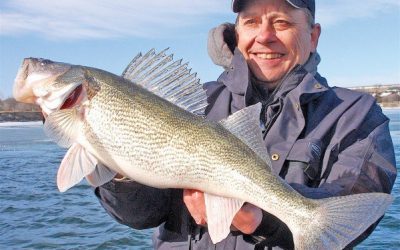In the past, we talked about locating fish by finding the structure where they’re located. This column will deal with attracting and catching fish once, you’ve located them.
Presentation is the method you present or deliver your bait to the fish; it’s the key to catching fish because without correct presentation, you’re simply anchoring your bait on or close to the bottom.
The way you present your bait is important, no matter what bait you’re using, you need to make your bait smell, sound, taste and appear lifelike.
The key to this is the line, if you’re using too heavy of test or weight of line, it can make your bait appear very unnatural, as it will run through the water in circles or appear erratic.
Since heavier line has more memory or coiling effect than lighter line, when used with a lighter lure, it won’t appear natural. If the fish does grab your bait these coils or line memory will create problems not only feeling the bite, but also in setting the hook as you have to deal with all the slack in line in the coils.
Heavier line also has more resistance so it will take more time to reach the bottom. This is especially important when trolling crankbaits as heavier line doesn’t allow your crankbait to dive as deep as the lighter line.
Another thing that will affect your presentation when using crankbaits, is the way your bait runs through the water and the first thing you should do before trolling a crankbait is to run it along the side of the boat, making sure that it’s tuned or runs correctly.
Your crankbait should run straight not off to either side. If it runs off to one side or the other, you need to bend the eye, the wire that comes out of the bait in the opposite direction the bait is running.
Don’t overdo it, as a slight bend is all that’s needed to tune or make your crankbait run correctly and to appear more lifelike.
Livebait rigs such as the Lindy or Roach rig allow anglers to use a subtle approach, giving anglers a very simple yet effective way to present minnow’s leeches or crawlers to finicky fish.
As I mentioned earlier the key to fishing these rigs and all rigs is to present the bait in a lifelike manner.
Live healthy bait hooked properly will appear more lifelike and catch more fish.
Hook your leeches through the sucker; allowing them to coil and uncoil, depending on the rig you are using, you should string your crawlers out straight. When using some sort of Slow Death rig, the shape of the hook forces you to hook it a certain way, causing the crawler to spin through the water at slow trolling speeds.
In most cases, you’ll want to hook your minnows through the front part of the lips or eyes, allowing them to stay alive longer. In some cases, when a little more action is needed, you can hook the minnow through the tail, which causes the minnow to attempt to swim away from the hook which creates constant vibration the game fish can zero in on.
When livebait fishing, you’ll not have to worry about loosing your bait as often as you would when jig fishing. When using a livebait presentation such as the Roach or Lindy rig, once the bite or tug on the line is felt, the angler releases line, allowing the fish to take the entire bait and hook into its mouth.
Don’t get caught in the trap where you think your chewed up straggly looking worm, leech or minnow looks good enough to use over and over again, as in order to consistently catch fish with this rig and any other, you need to redo your bait often.
If your bait isn’t moving, swimming or squirming or if you feel a bite, get hung up on weeds, rocks or other debris, then it’s not good enough, replace your bait as fresh bait will out produce old bait 100% of the time.
When jig fishing, your presentation isn’t quite as critical as you’ll create the lifelike motion by jigging your rod up and down. What you need to remember is to follow your bait down, keeping your line as tight as possible as the majority of your bites will come as your bait is descending, where the fish simply opens its mouth, flairs its gills, drawing water and your jig into its mouth. If you don’t keep a tight line, the fish can blow the jig back out before you detect the bite.
Again when using livebait on a jig, replace it often, keeping fresh bait in front of the fish as much as possible.
As I’ve mentioned numerous times, you’ll always want to use a lighter line and the lightest weight possible as this combination allow your bait to move about more easily and a lighter weight creates less splash when entering the water, less disturbance when it comes to rest on the bottom and is easier for the fish to inhale.
Sure, you want to attract the fish, but a loud splash down and a dust cloud kicked up when the bait hits bottom isn’t the best way to start.
Let the lifelike motion, its scent and the vibration of your bait attract the fish.
All of these are by using the right presentation.





0 Comments